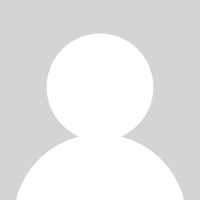
Fancy colored yield maps are fine for verifying grain yields at the end of the harvest season, but bragging rights for the highest corn yields are established earlier than that down at the Main Street Cafe, on the corner of 5th and Earl.


Fancy colored yield maps are fine for verifying grain yields at the end of the harvest season, but bragging rights for the highest corn yields are established earlier than that down at the Main Street Cafe, on the corner of 5th and Earl.

The condition of the 2021 Indiana corn crop, as estimated weekly by USDA-NASS, ranks among the top 6 most recent growing seasons dating back to 2004.

The post-pollination scuttlebutt overheard in coffee shops throughout Indiana during late summer often revolves around the potential for severe stress that might reduce kernel set or kernel size in neighborhood cornfields.

Forecasts of unusually low temperatures in late May or early June can set off warning bells for corn growers and lead to fearmongering about frost damage to young corn.
On this episode, they discuss last weekend’s heavy rains and the impact it might have on corn and soybeans, when you might start thinking about replant, and how the amount of growing degree days has been lacking to start the season.
Here’s a FAQ page that answers some questions about FAA’s new regulations regarding remote identification for drones that took effect yesterday.
Uniformly adequate soil moisture at seeding depth is important for assuring rapid and uniform germination of a newly planted corn crop.
Planting season is here and there has been some of that activity in Indiana, but is it the right time, or maybe too early?

Corn germination and emergence rely heavily on soil temperature. The warmer the soils, the faster emergence occurs. Emergence requires roughly 115 Growing Degree Days (GDDs) accumulated from planting.
The Federal Aviation Administration (FAA) announced final rules in December 2020 for Unmanned Aircraft Systems (UAS), aka drones, that will potentially impact many Part 107 certificate holders in the coming years.
© 2024 Purdue University | An equal access/equal opportunity university | Copyright Complaints | Maintained by Pest&Crop newsletter
If you have trouble accessing this page because of a disability, please contact Pest&Crop newsletter at luck@purdue.edu.